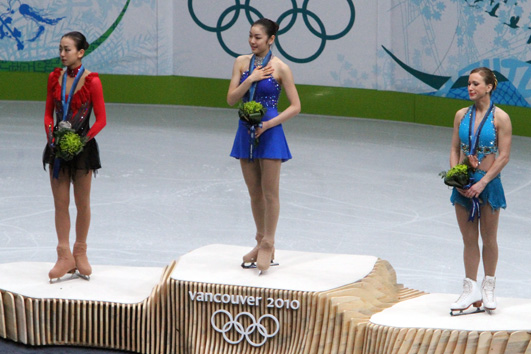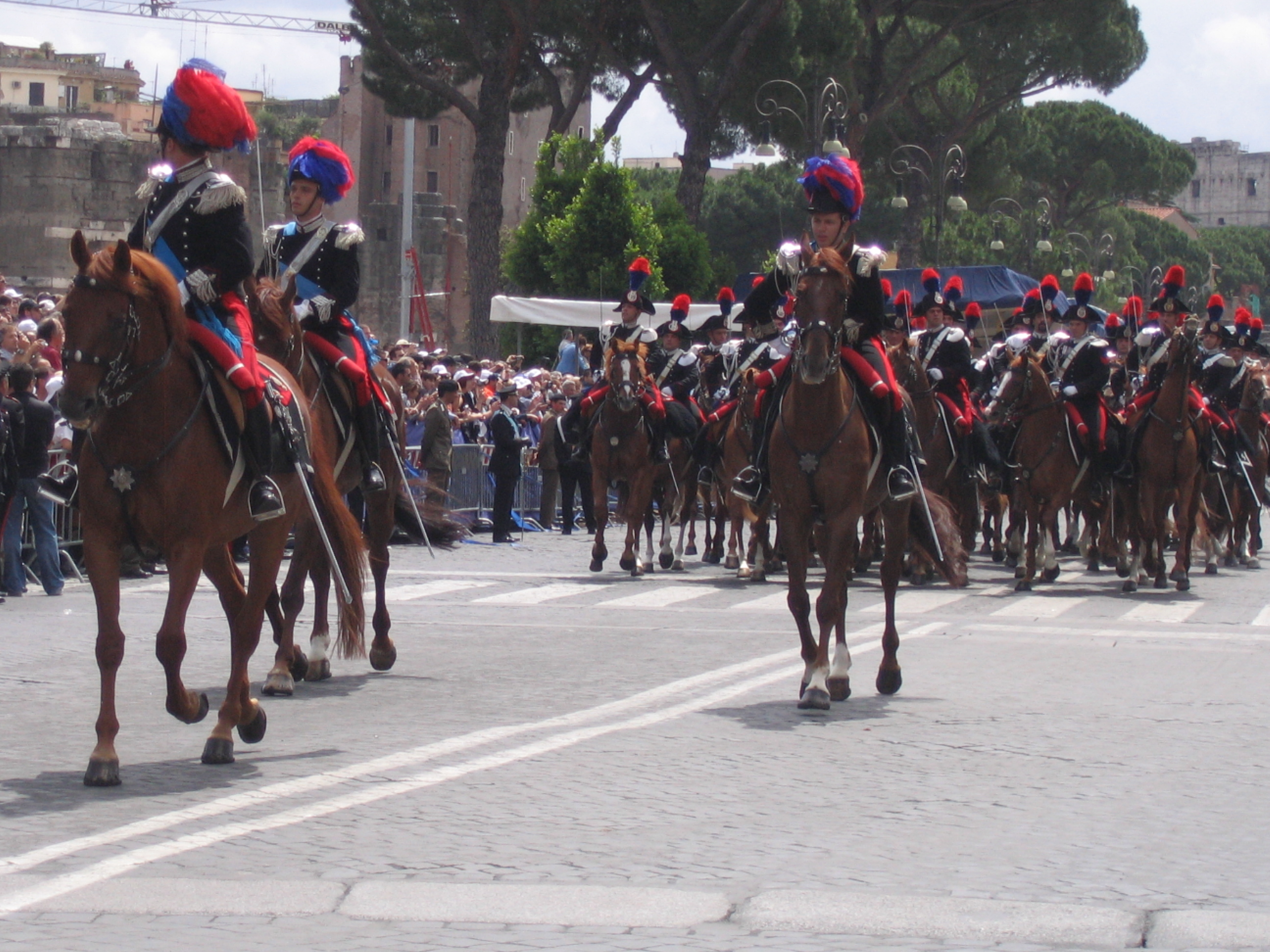|
Dais
A dais or daïs ( or , American English also but sometimes considered nonstandard)dais in the Random House Dictionarydais in Oxford Dictionaries Online in the American Heritage DictionaryMerriam-Webster Online - Dais /ref> is a raised platform at the front of a room or hall, usually for one or more speakers or honored guests. Historically, the dais was a part of the [...More Info...] [...Related Items...] OR: [Wikipedia] [Google] [Baidu] |
Podium
A podium (plural podiums or podia) is a platform used to raise something to a short distance above its surroundings. It derives from the Greek ''πόδι'' (foot). In architecture a building can rest on a large podium. Podiums can also be used to raise people, for instance the conductor of an orchestra stands on a podium as do many public speakers. Common parlance has shown an increasing use of ''podium'' in North American English to describe a lectern. In sports, a type of podium can be used to honor the top three competitors in events. In the modern Olympics a tri-level podium is used. Traditionally, the highest platform is in the center for the gold medalist. To their right is a lower platform for the silver medalist, and to the left of the gold medalist is a lower platform for the bronze medalist. At the 2016 Rio Summer Olympics, the Silver and Bronze podium places were of equal elevation. In many sports, results in the top three of a competition are often referred to as ... [...More Info...] [...Related Items...] OR: [Wikipedia] [Google] [Baidu] |
Dias (other)
Dias or DIAS may refer to: * Desmoteplase In Acute Stroke, a series of clinical trials investigating the clinical efficacy of desmoteplase, a thrombolytic agent, in treating acute ischaemic stroke * Destruction in Art Symposium * '' Detaşamentul de Poliţie pentru Intervenţie Rapidă'' (Special Actions and Interventions Detachment), a former name of Romanian police rapid response units * Dias (surname), a common surname in the Portuguese language, namely in Portugal and Brazil. It is cognate to the Spanish language surname ''Díaz'' * Dias (Диас), a Soviet first name, which became widespread in honour to Spanish communist politician José Díaz * Dias (Lycia), a city of ancient Lycia * Direct Internet Access System * Dublin Institute for Advanced Studies * Viola (trawler), a steam trawler built in 1906 as the ''Viola'' and renamed ''Dias'' * Dias (Δίας), the Modern Greek name for god Zeus * Dias (ΔΙ.ΑΣ), a police motorcycle unit of the Hellenic Police * Reversal fil ... [...More Info...] [...Related Items...] OR: [Wikipedia] [Google] [Baidu] |
Victory Parade In London, England, UK, 8 June 1946 D27870
The term victory (from Latin ''victoria'') originally applied to warfare, and denotes success achieved in personal combat, after military operations in general or, by extension, in any competition. Success in a military campaign constitutes a strategic victory, while the success in a military engagement is a tactical victory. In terms of human emotion, victory accompanies strong feelings of elation, and in human behaviour often exhibits movements and poses paralleling threat display preceding the combat, which are associated with the excess endorphin built up preceding and during combat. Victory dances and victory cries similarly parallel war dances and war cries performed before the outbreak of physical violence. Examples of victory behaviour reported in Roman antiquity, where the term ''victoria'' originated, include: the victory songs of the Batavi mercenaries serving under Gaius Julius Civilis after the victory over Quintus Petillius Cerialis in the Batavian rebellion ... [...More Info...] [...Related Items...] OR: [Wikipedia] [Google] [Baidu] |
Floor
A floor is the bottom surface of a room or vehicle. Floors vary from simple dirt in a cave to many layered surfaces made with modern technology. Floors may be stone, wood, bamboo, metal or any other material that can support the expected load. The levels of a building are often referred to as floors, although a more proper term is storey. Floors typically consist of a subfloor for support and a floor covering used to give a good walking surface. In modern buildings the subfloor often has electrical wiring, plumbing, and other services built in. As floors must meet many needs, some essential to safety, floors are built to strict building codes in some regions. Special floor structures Where a special floor structure like a floating floor is laid upon another floor, both may be called subfloors. Special floor structures are used for a number of purposes: * Balcony, a platform projecting from a wall * Floating floor, normally for noise or vibration reduction * Glass ... [...More Info...] [...Related Items...] OR: [Wikipedia] [Google] [Baidu] |
Medieval
In the history of Europe, the Middle Ages or medieval period lasted approximately from the late 5th to the late 15th centuries, similar to the post-classical period of global history. It began with the fall of the Western Roman Empire and transitioned into the Renaissance and the Age of Discovery. The Middle Ages is the middle period of the three traditional divisions of Western history: classical antiquity, the medieval period, and the modern period. The medieval period is itself subdivided into the Early, High, and Late Middle Ages. Population decline, counterurbanisation, the collapse of centralized authority, invasions, and mass migrations of tribes, which had begun in late antiquity, continued into the Early Middle Ages. The large-scale movements of the Migration Period, including various Germanic peoples, formed new kingdoms in what remained of the Western Roman Empire. In the 7th century, North Africa and the Middle East—most recently part of the Eastern Roman ... [...More Info...] [...Related Items...] OR: [Wikipedia] [Google] [Baidu] |
Great Hall
A great hall is the main room of a royal palace, castle or a large manor house or hall house in the Middle Ages, and continued to be built in the country houses of the 16th and early 17th centuries, although by then the family used the great chamber for eating and relaxing. At that time the word "great" simply meant big and had not acquired its modern connotations of excellence. In the medieval period, the room would simply have been referred to as the "hall" unless the building also had a secondary hall, but the term "great hall" has been predominant for surviving rooms of this type for several centuries, to distinguish them from the different type of hall found in post-medieval houses. Great halls were found especially in France, England and Scotland, but similar rooms were also found in some other European countries. A typical great hall was a rectangular room between one and a half and three times as long as it was wide, and also higher than it was wide. It was enter ... [...More Info...] [...Related Items...] OR: [Wikipedia] [Google] [Baidu] |
Lord Of The Manor
Lord of the Manor is a title that, in Anglo-Saxon England, referred to the landholder of a rural estate. The lord enjoyed manorial rights (the rights to establish and occupy a residence, known as the manor house and demesne) as well as seignory, the right to grant or draw benefit from the estate. The title continues in modern England and Wales as a legally recognised form of property that can be held independently of its historical rights. It may belong entirely to one person or be a moiety shared with other people. A title similar to such a lordship is known in French as ''Sieur'' or , in German, (Kaleagasi) in Turkish, in Norwegian and Swedish, in Welsh, in Dutch, and or in Italian. Types Historically a lord of the manor could either be a tenant-in-chief if he held a capital manor directly from the Crown, or a mesne lord if he was the vassal of another lord. The origins of the lordship of manors arose in the Anglo-Saxon system of manorialism. Following ... [...More Info...] [...Related Items...] OR: [Wikipedia] [Google] [Baidu] |
Bay Window
A bay window is a window space projecting outward from the main walls of a building and forming a bay in a room. Types Bay window is a generic term for all protruding window constructions, regardless of whether they are curved or angular, or run over one or multiple storeys. In plan, the most frequently used shapes are isosceles trapezoid (which may be referred to as a ''canted bay window'') and rectangle. But other polygonal shapes with more than two corners are also common as are curved shapes. If a bay window is curved it may alternatively be called '' bow window.'' Bay windows in a triangular shape with just one corner exist but are relatively rare. A bay window supported by a corbel, bracket or similar is called an oriel window. "Rawashin" is a traditional and distinctive style of corbelled bay window in Jeddah, Saudi Arabia (e.g., as on the frontage of Nasseef House). Uses Most medieval bay windows and up to the Baroque era are oriel windows. They frequently ap ... [...More Info...] [...Related Items...] OR: [Wikipedia] [Google] [Baidu] |
Military Parade
A military parade is a formation of soldiers whose movement is restricted by close-order manoeuvering known as drilling or marching. The military parade is now almost entirely ceremonial, though soldiers from time immemorial up until the late 19th century fought in formation. Massed parades may also hold a role for propaganda purposes, being used to exhibit the apparent military strength of a country. History The terminology comes from the tradition of close order formation combat, in which soldiers were held in very strict formations as to maximise their combat effectiveness. Formation combat was used as an alternative to mêlée combat, and required strict discipline in the ranks and competent officers. As long as their formations could be maintained, regular troops could maintain a significant advantage over less organised opponents. Nevertheless, military parades are not to be confused with the military show of force. Although the firepower of breechloading rifles a ... [...More Info...] [...Related Items...] OR: [Wikipedia] [Google] [Baidu] |
Figure Drawing
A figure drawing is a drawing of the human form in any of its various shapes and postures using any of the drawing media. The term can also refer to the act of producing such a drawing. The degree of representation may range from highly detailed, anatomically correct renderings to loose and expressive sketches. A life drawing is a drawing of the human figure, traditionally nude, from observation of a live model. Creating life drawings, or life studies, in a life class, has been a large element in the traditional training of artists in the Western world since the Renaissance. A figure drawing may be a composed work of art or a figure study done in preparation for a more finished work such as a painting. Figure drawing is arguably the most difficult subject an artist commonly encounters, and entire courses are dedicated to the subject. The human figure is one of the most enduring themes in the visual arts, and the human figure can be the basis of portraiture, illustration, scul ... [...More Info...] [...Related Items...] OR: [Wikipedia] [Google] [Baidu] |
Art School
An art school is an educational institution with a primary focus on the visual arts, including fine art – especially illustration, painting, photography, sculpture, and graphic design. Art schools can offer elementary, secondary, post-secondary, or undergraduate programs, and can also offer a broad-based range of programs (such as the liberal arts and sciences). There have been six major periods of art school curricula,Houghton, Nicholas. “Six into One: The Contradictory Art School Curriculum and How It Came About.” ''International Journal of Art & Design Education'', vol. 35, no. 1, Feb. 2016, pp. 107–120. and each one has had its own hand in developing modern institutions worldwide throughout all levels of education. Art schools also teach a variety of non-academic skills to many students. History There have been six definitive curricula throughout the history of art schools. These are "apprentice, academic, formalist, expressive, conceptual, and professional". ... [...More Info...] [...Related Items...] OR: [Wikipedia] [Google] [Baidu] |
.png)







